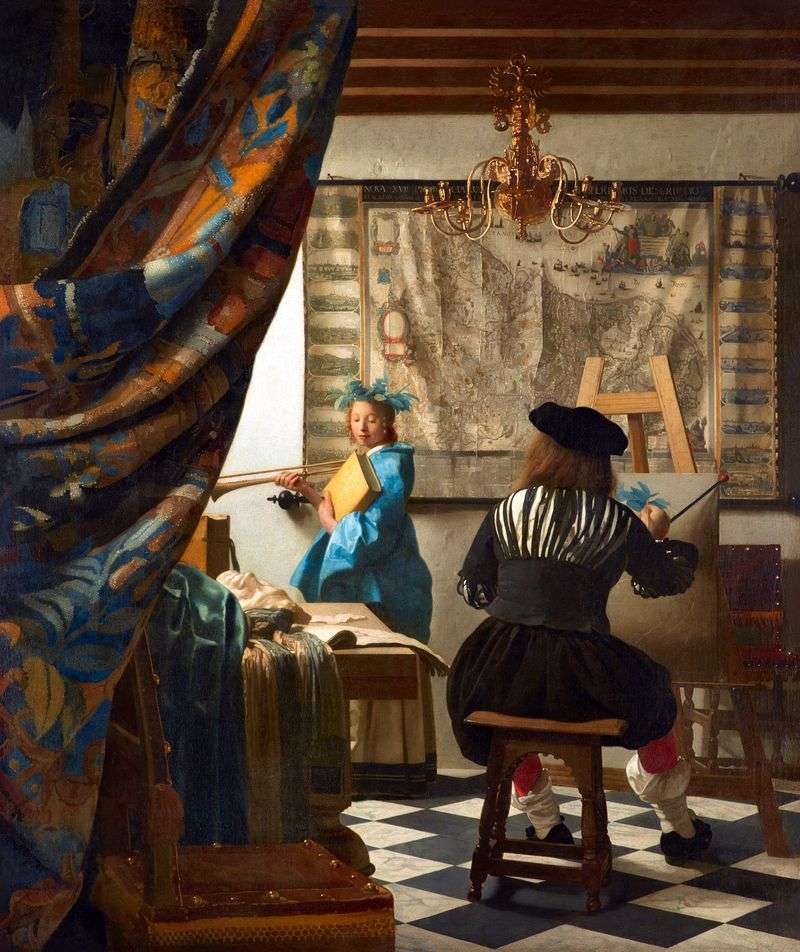
In the house of Vermeer there were no pictures of him. He tried to sell all his works immediately. The only exception is the “Art of Painting.” With this canvas, Vermeer did not leave until his death.
The composition of the picture is constructed in such a way that the viewer has just pulled back the curtain and saw the artist sitting behind the easel and the model posing for him in the costume of Clio’s muse of history. The trumpet in the woman’s hands and the laurel wreath on her head were previously explained as symbols of glory awaiting the painter who works in the historical genre.
Now, Clio’s presence is interpreted in this way: Vermeer tells the viewer that the creations of a true master can not sink into oblivion, that his name always remains in the centuries. The artist in the “Art of Painting” is dressed in the costume of the XV century, which refers us to the Renaissance. But on the wall hangs a map of the XVII century. Catholic Flanders is separated on it from Protestant Holland by a deep fold. This fold suggests that Vermeer painfully perceived the division of his native country. Like many contemporary artists, Jan Vermeer used a camera obscura.
In those days, this device was very popular among artists, because it allowed you to quickly and accurately transfer the image to the canvas. But – which is surprising – Vermeer used a camera obscura is not for this. Speaking according to conscience, art historians do not represent well enough what Vermeer needed for a camera obscura, although they do not doubt that he actively worked with her. It is assumed that she helped the artist build the composition of the picture. Or – even more likely, given the artist’s inescapable interest in the play of light, “participated” in the creation of optical effects, which are many in the paintings of Vermeer.
Among the effects created by the camera obscura, you can name some “clouding” outlines of objects in the foreground, as well as the appearance of a kind of light halos around the shiny objects. We can observe a similar effect in the “Art of Painting”.
 View of the city of Delft by Jan Vermeer
View of the city of Delft by Jan Vermeer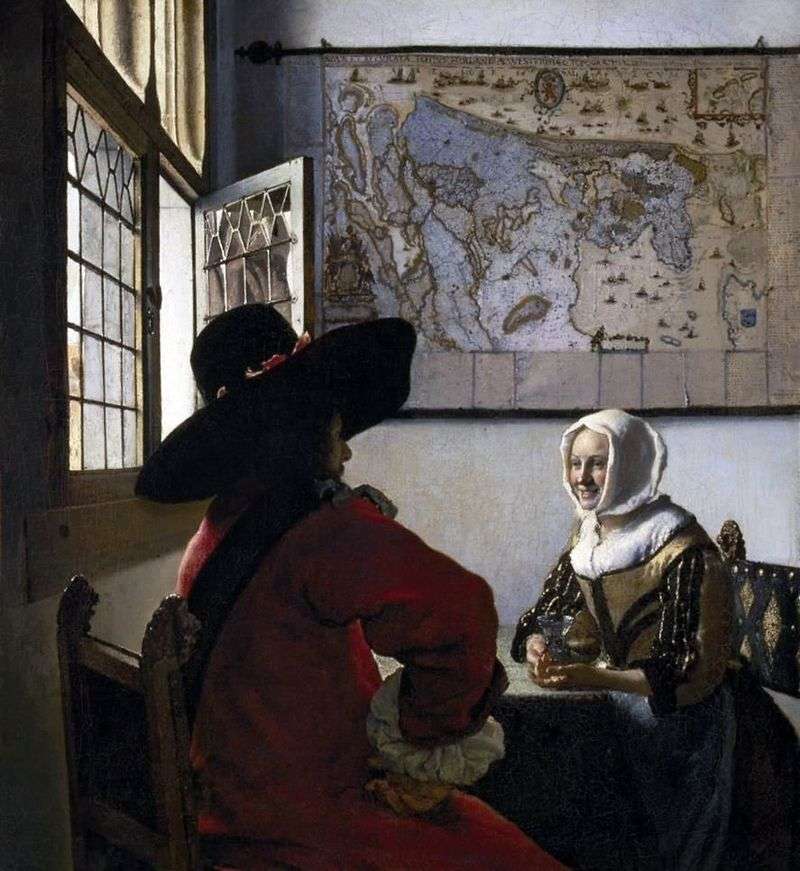 Officer and laughing girl by Jan Vermeer
Officer and laughing girl by Jan Vermeer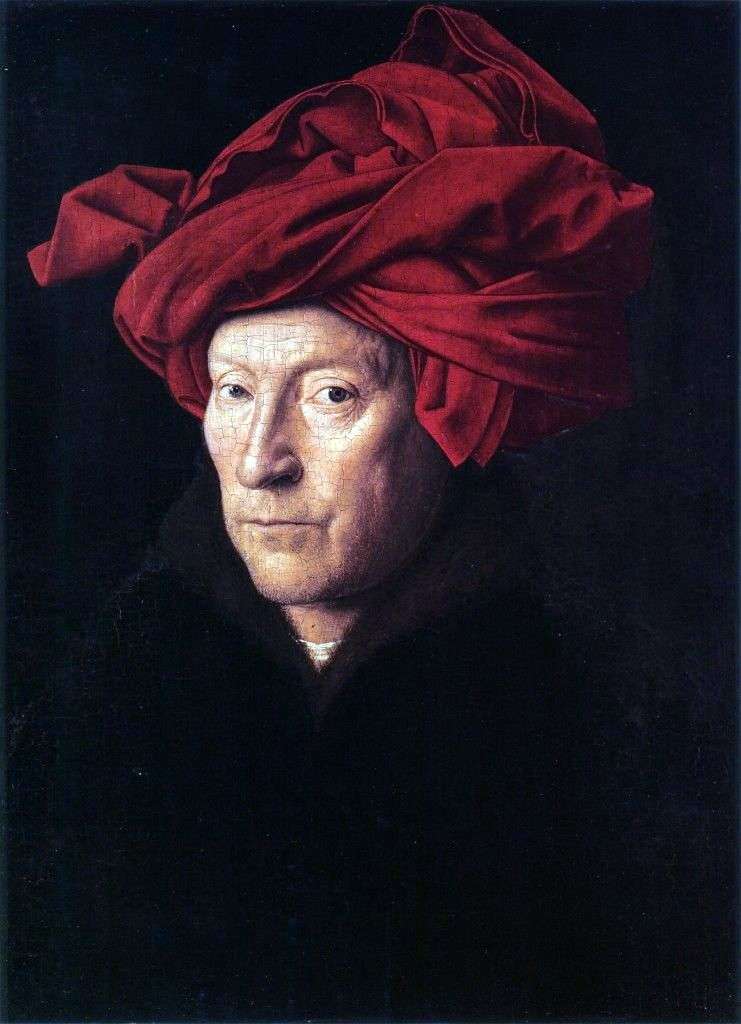 Portrait of a man in a red turban by Jan Vermeer
Portrait of a man in a red turban by Jan Vermeer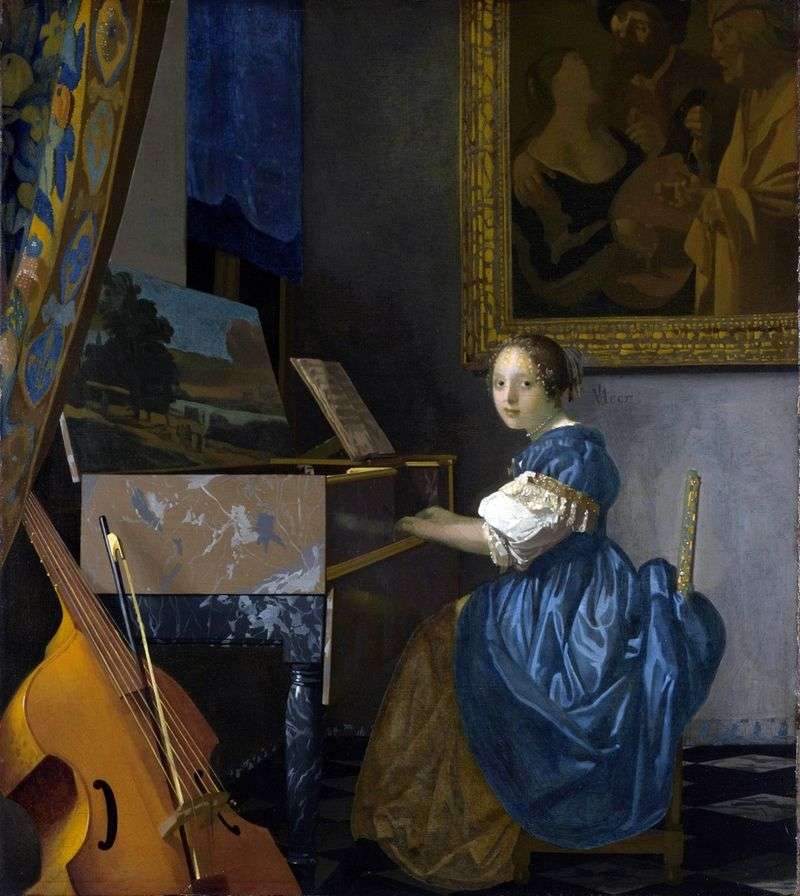 The lady at the back by Jan Vermeer
The lady at the back by Jan Vermeer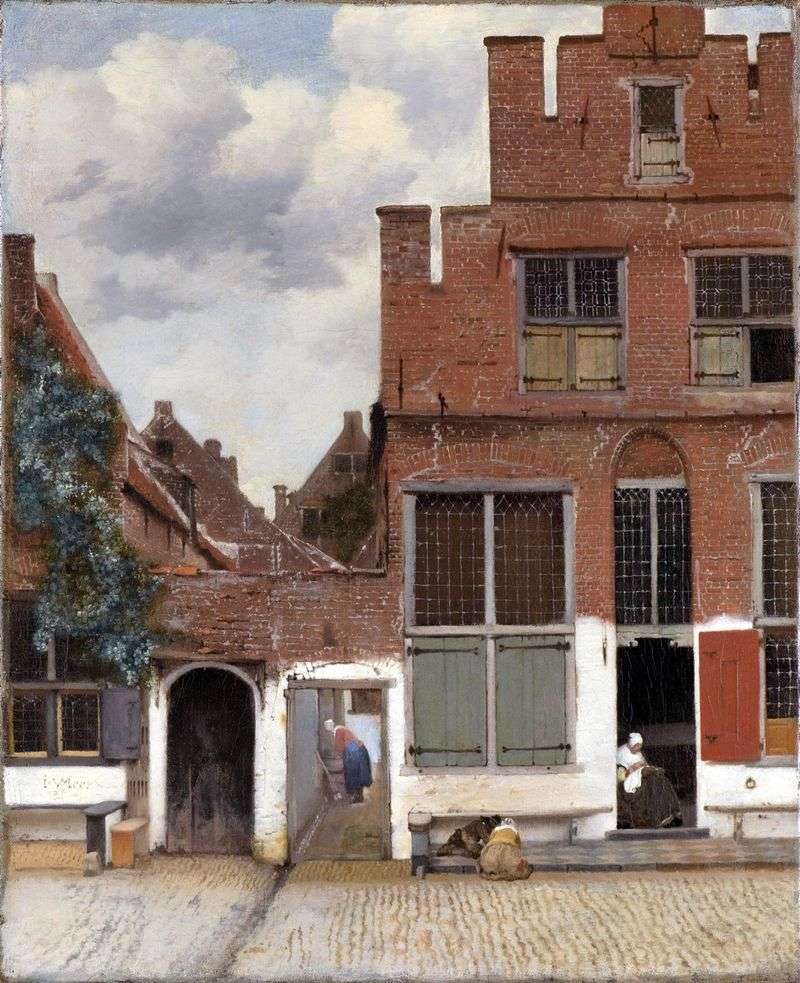 The street of Delft by Jan Vermeer
The street of Delft by Jan Vermeer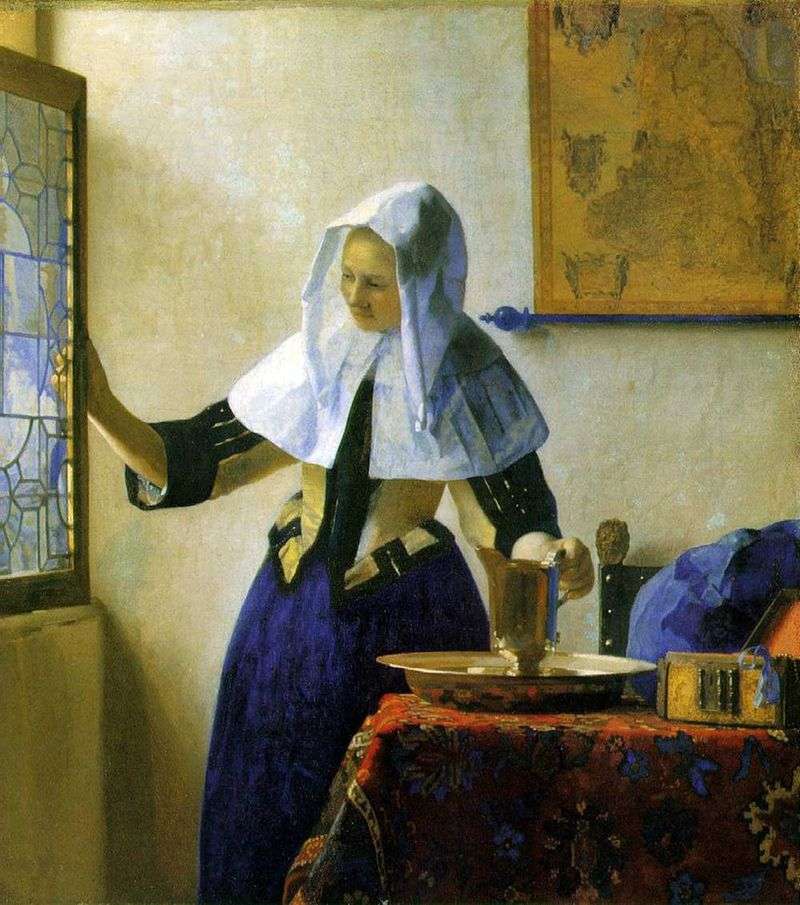 Girl with a water jug - Jan Vermeer
Girl with a water jug - Jan Vermeer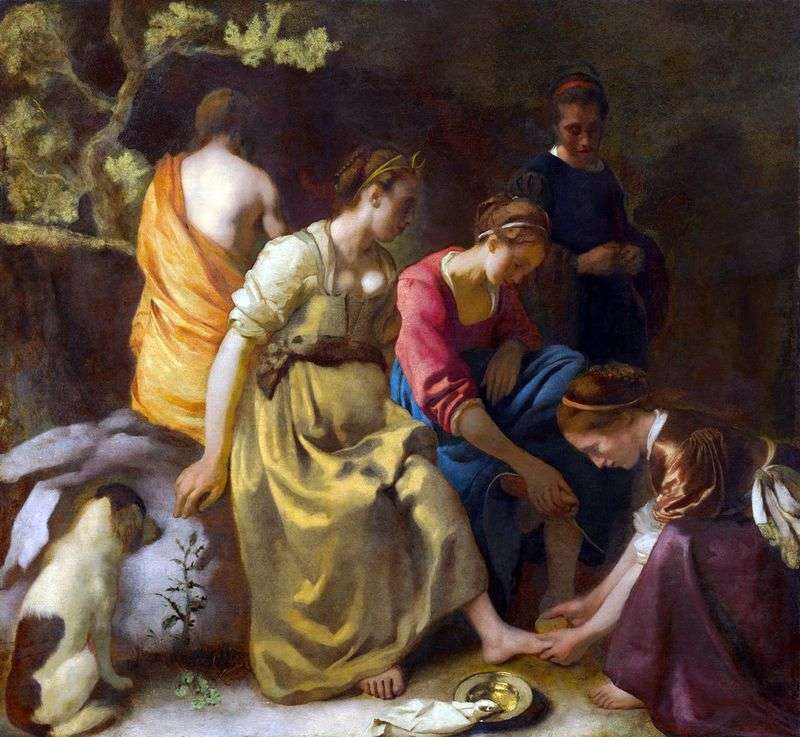 Diana and the nymphs by Jan Vermeer
Diana and the nymphs by Jan Vermeer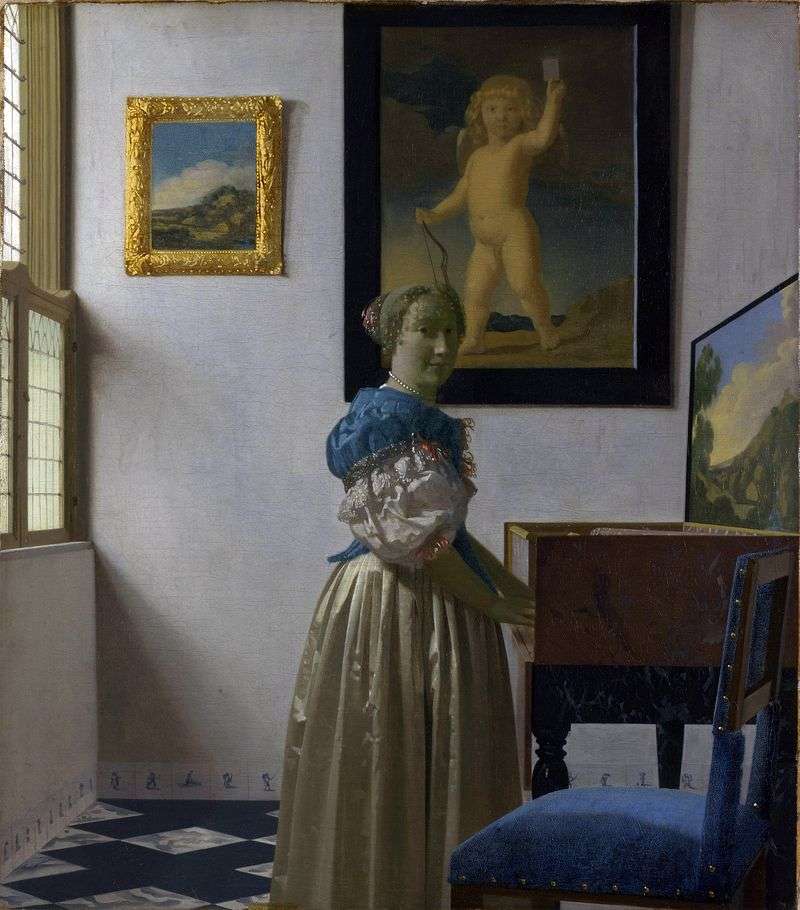 The lady of the virginal by Jan Vermeer
The lady of the virginal by Jan Vermeer